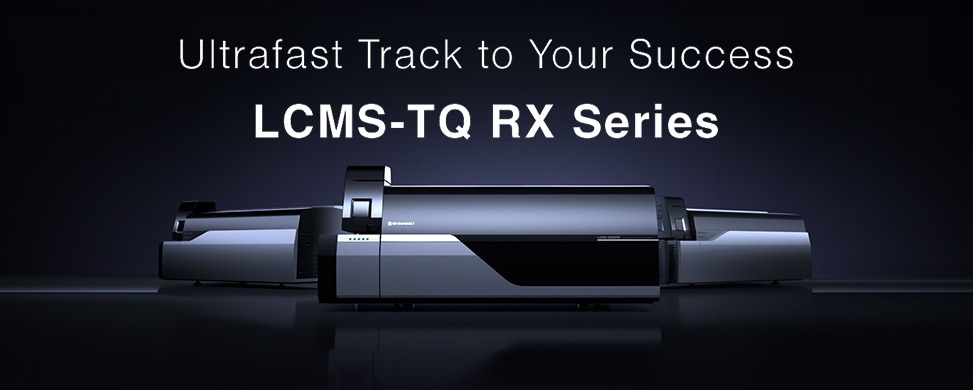
LCMS-TQ RX Series
- Based on EPA Method 537.1, 18 PFAS in drinking water can be accurately analyzed at concentrations equivalent to EPA’s Final MCLs. - PFAS analysis can be done immediately by using the LC/MS/MS Method Package for PFAS in Drinking Water, minimizing the effort required to set up an analytical system.
Per- and polyfluoroalkyl substances (PFAS) are organofluorine compounds that are used in a wide range of consumer products and other applications due to their water repellency, heat resistance, chemical resistance, and other beneficial properties. However, their extremely high chemical stability prevents them from breaking down easily. Consequently, due to their persistence in the environment and possible toxicity to biological organisms, some PFAS have been designated as being subject to the Stockholm Convention on Persistent Organic Pollutants (POPs Convention), which restricts their manufacture and use. In recent years, there have been efforts to strengthen PFAS restrictions and determine their actual levels, resulting in a need to standardize the methods used to analyze them. In April 2024, the U.S. Environmental Protection Agency (EPA) announced the following final maximum contaminant levels (Final MCLs) for certain PFAS in drinking water, 4 ng/L PFOA, 4 ng/L PFOS, 10 ng/L PFHxS, 10 ng/L PFNA, and 10 ng/L HFPO-DA. This article describes the results from using the LC/MS/MS Method Package for PFAS in Drinking Water to simultaneously analyze 18 PFAS target compounds in drinking water in accordance with EPA Method 537.1,which was published by the EPA in 2018.
October 22, 2024 GMT
Some products may be updated to newer models